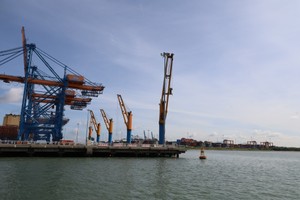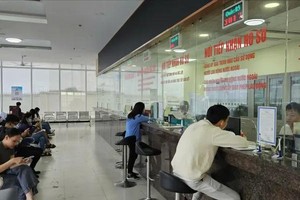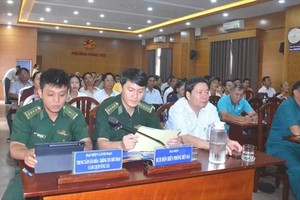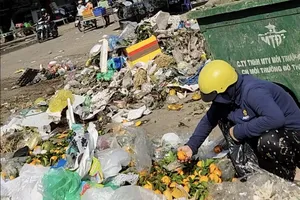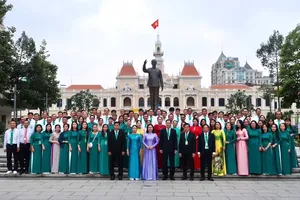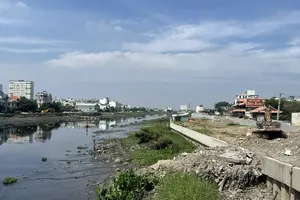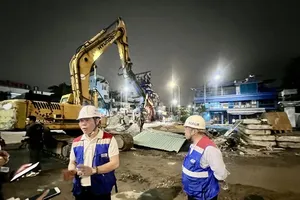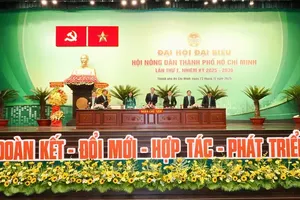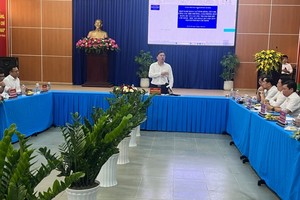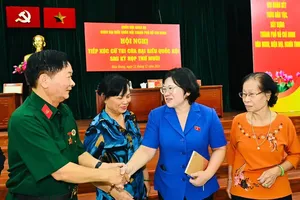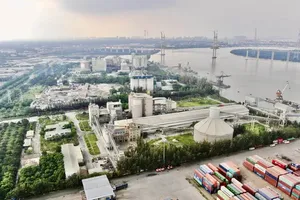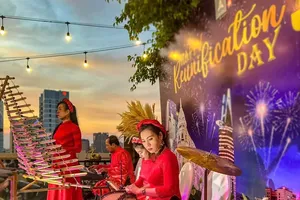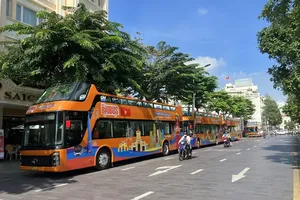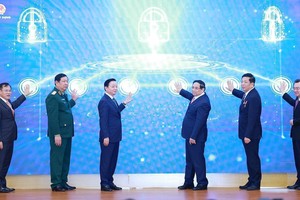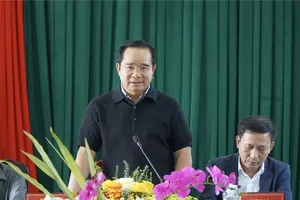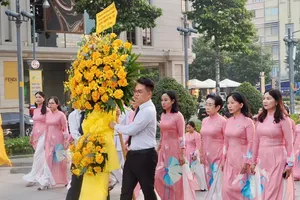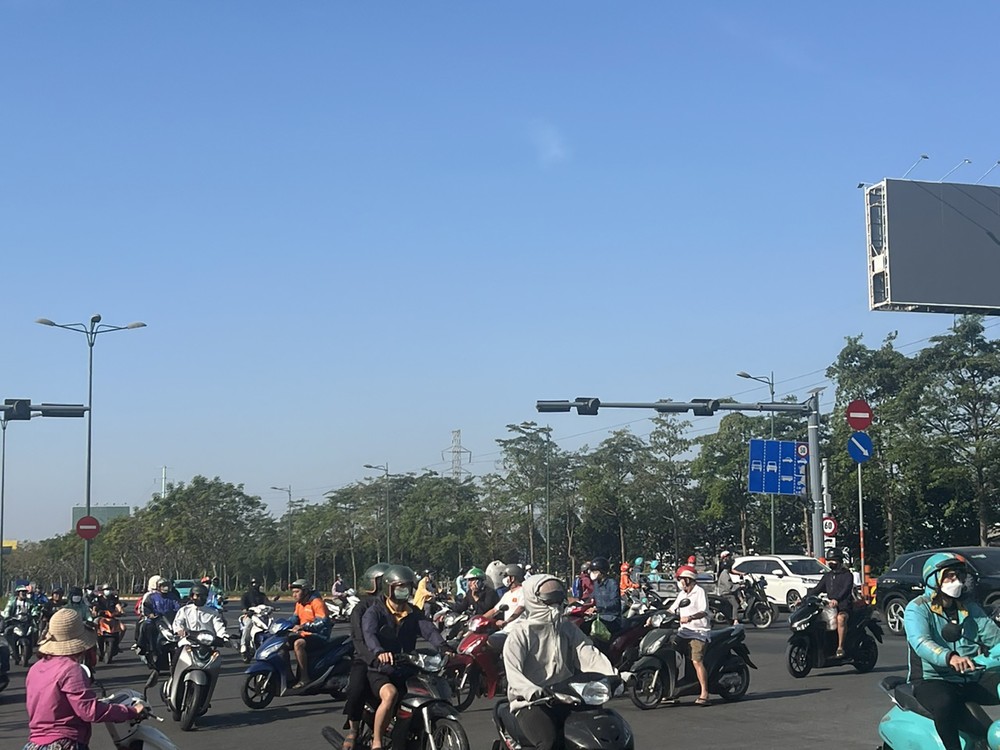
Therefore, infrastructure upgrades and technological advancements in traffic management are essential for the southern metropolis.
As of 2024, Ho Chi Minh City oversees a total of 9,506,751 registered vehicles including 1,014,856 cars and 8,491,895 motorbikes. Some 2,202 buses are operating in 137 routes. Approximately 13,264 taxis not including vehicles coming from other places are reported in the city. Of which, private vehicles account for a large proportion, contributing mainly to traffic pressure.
In comparison to the same period in 2023, the total number of vehicles increased by 3.1 percent, far exceeding the capacity of the current road system. Meanwhile, the traffic density in the city is currently only about 2.44km/km², much lower than the standard of 10-13km/km², resulting in some overloaded streets.
In 2024, Ho Chi Minh City’s roads experienced an average car density of 236 vehicles per kilometer—double the figure in Hanoi. In central areas like District 1, District 3, and Thu Duc City, vehicle density surges to 300-400 vehicles per kilometer during rush hours. Key routes such as Hanoi Highway, Dien Bien Phu, Vo Thi Sau, Nguyen Thi Minh Khai, 3 Thang 2 (February 3), Truong Chinh, Hoang Van Thu, Nguyen Huu Canh, Vo Van Kiet, and Nguyen Tat Thanh are particularly prone to traffic congestion in rush hours.
The Ho Chi Minh City Department of Transport identified 42 traffic congestion hotspots in early 2024. Thanks to traffic management efforts, six of these points have seen significant improvements, and no new congestion zones have been reported.
To further alleviate the issue, the department has recently installed 131 additional right-turn signal lights for motorbikes at high-traffic intersections. Initial results show improved traffic flow at these locations. However, concerns remain about the scale of these efforts, as the number of new signals remains limited compared to the vast number of intersections across the city.
During a meeting held on January 13 to discuss the traffic conditions in Ho Chi Minh City and preparations for the Lunar New Year at key traffic hot spots, Vice Chairman of the Ho Chi Minh City People's Committee Bui Xuan Cuong indicated that the traffic situation is likely to become increasingly complex in the coming days due to the surge in travel during the Lunar New Year festivities.
The leaders of the Ho Chi Minh City People's Committee requested relevant bodies to coordinate and simultaneously adopt solutions to limit congestion, especially in the central area, around major traffic hubs such as airports, and bus stations. When traffic gridlocks happen, enforcement forces need to have a quick solution to prevent further serious congestion.
Traffic expert Pham Ngoc Cong from Ho Chi Minh City University of Technology has indicated that if the annual growth rate of automobiles continues at its current pace of 5 percent to 7 percent, the city will require approximately 5,000 to 7,000 kilometers of new roadways by the year 2030 to accommodate the increasing demand.
However, this expansion will face many difficulties due to limited land funds and high investment costs. Therefore, reducing the number of automobiles in the inner city is necessary. In the coming time, Ho Chi Minh City needs to implement car toll collection in the city center, control private vehicle registration and strongly develop public vehicles.
To curb traffic congestion, the city will prioritize the implementation of advanced technologies and software, according to Director of the Ho Chi Minh City Department of Transport Tran Quang Lam.
Director Lam announced plans to invest in modern equipment for an Intelligent Transportation System (ITS). This system will enable real-time monitoring and efficient management of urban traffic flow.
He revealed the city will particularly upgrade information technology infrastructure to gradually form a Data Center for the transport sector. Director Lam also emphasized the importance of upgrading traffic light systems. This includes integrating new technology traffic measurement sensors for real-time centralized control at the Road Traffic Infrastructure Management Center. This will allow for more effective traffic management across key areas, main roads, and major intersections.
In addition, he stressed the completion of the new data updates into the traffic forecasting model and the digitization of the road traffic sector database to connect and integrate with the city's shared data warehouse.
